Optimisation of bubble removal in alkaline water electrolysis at industrial current densities
November 2023 – October 2027
Hydrogen is considered essential for the transition towards carbon neutrality. Currently, however,
most hydrogen is derived from fossil fuels, because this is cheaper than producing hydrogen
renewably through electrolysis. This cost gap currently impedes the adoption of renewable hydrogen
and significant cost reductions are necessary to make it competitive. Crucially, the cost of cell stack
components accounts for about half of the total cost of electrolysis systems. An effective way to
lower the stack costs, is to improve the electrolyser’s productivity by increasing the operating current
density. Increasing the current density, however, accelerates the formation of gas bubbles on the
electrode surface, which reduce the efficiency. The objective of this project is, therefore, to
investigate how the cell design and operating conditions affect the gas bubble removal in alkaline
water electrolysers at high current densities. Through a combination of electrochemical techniques
and in-situ X-ray tomography, a relation can be established between gas bubble removal and the
interelectrode distance, flow fields and electrodes, enabling the optimisation of these parameters.
Several operational parameters, including flow rate, cell compression, temperature, and pressure,
will also be studied to gain insight into how they affect the bubble removal. This will also make it
possible to link each cell design with the optimal operating conditions, in order to maximise the
energy efficiency.

